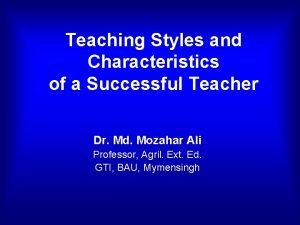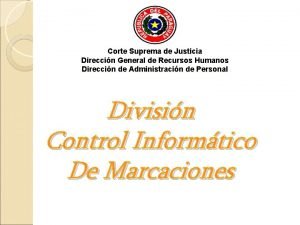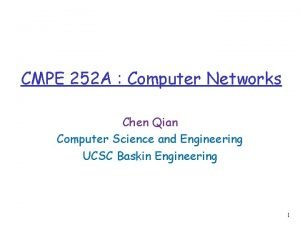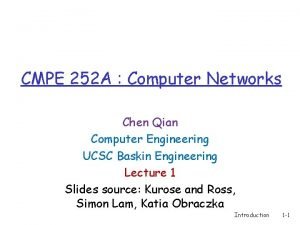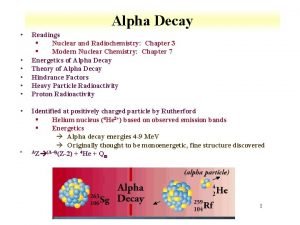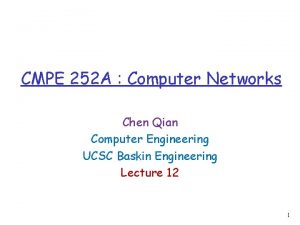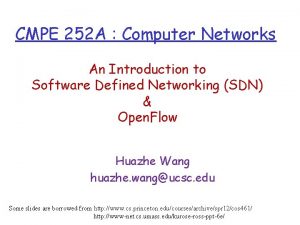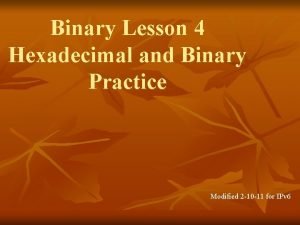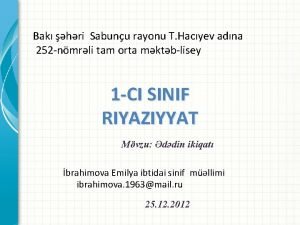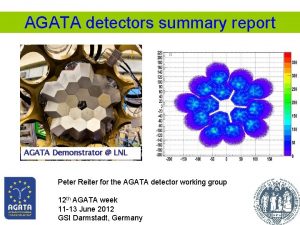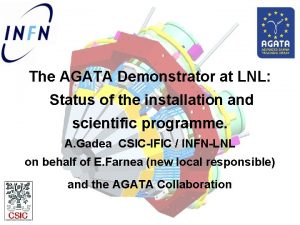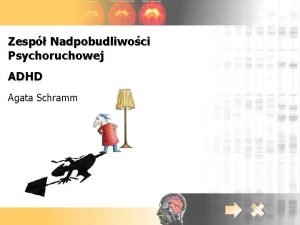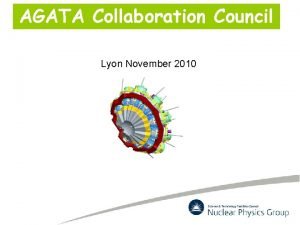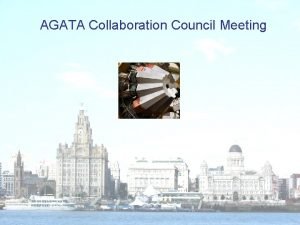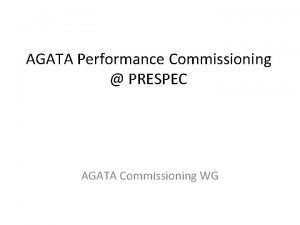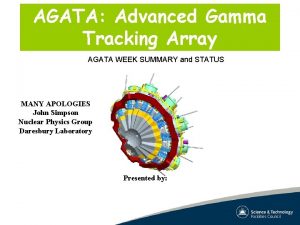AGATA Demonstrator Test With a 252 Cf Source











- Slides: 11

AGATA Demonstrator Test With a 252 Cf Source: Neutron-Gamma Discrimination Menekşe ŞENYİĞİT

Investigation the possibilities of discriminating neutrons and gamma rays are important ! Methods for neutron-gamma discrimination with tracking: • The energy deposited in the first and second interaction points; • The difference in incoming direction of the gamma ray ; • Selection based on the FM value

To check our methods, we consider an experiment with AGATA triple cluster , 252 Cf source and Ba. F 2 detector is used for timing. Test period is about 3 -4 hours. Ba. F 2 60 Co source 252 Cf Lead Shield ( AGATA single cluster source cm 3) Loss in gammas ~92 -99% Loss in neutrons ~47 -50%

Simulations 2. Simulated data: ü About 1 Me. V -rays ü Neutrons emitted from 252 Cf sour with 2. 95 Ci (at LNL) Counts 1. Simulations Geant 4 with AGATA triple cluster 3. Tracking with MGT code Neutron Energy (Me. V)

Gamma-ray energy spectrum after tracking (mgt) ü Neutrons emitted from 252 Cf source with PHDEF ü Distance between lead shield and AGATA triple cluster is 60 cm Number of events: 35046000 Neutron multiplicity: 4 counts Run time: 3 hours Tracking efficiency for gammas: 0. 97 Eγ (ke. V)

Gamma-ray energy spectrum after tracking (mgt) * Neutrons emitted from 252 Cf source with PHDEF and 1 Me. V -rays * Distance between lead shield and AGATA triple cluster is 60 cm total peak 834 ke. V bump 1 Me. V gamma θg - θc 43 25 61 10 Efirst 17 3 45 1 θg – θc or Efirst 46 26 69 11 θg – θc or Efirst or Esecond or FM 57 43 85 19 834 ke. V, 72 Ge 834 ke. V No conditions counts With conditions Eγ (ke. V)

Time of Flight Spectra for 70 cm • In this experiment we would also like to use the TOF technique in order to know when a neutron is hitting detectors to check how succesful our methods are. -rays Neutrons Counts • One problem is that one don’t know the time resolution of the AGATA detectors. • Without PSA, it may be around 10 ns but this may be reduced very much by the PSA. • Time resolution dependent. TOF is energy

Time Resolution Since we don’t know what the time resolution will be for AGATA detectors, we made TOF simulations by using different resolution values. -rays Neutrons TOF, Time resolution = 1 ns TOF, Time resolution = 3 ns -rays Neutrons Counts -rays Neutrons TOF, Time resolution = 5 ns

-rays Neutrons Counts -rays Neutrons TOF, Time resolution = 10 ns TOF, Time resolution = 15 ns

Conclusions • We developed 3 methods for neutron-gamma discrimination by using tracking. We would like test these methods in a real test experiment where we shall use a 252 Cf neutron source, one triple Agata detector and a Ba. F 2 detector for timing. • We made some simulation in order to check the effect of our methods. • We checked the effect of different time resolution. Ø We are preparing a proposal for this test experiment which can be run just after the summer.

